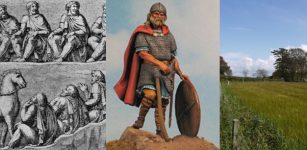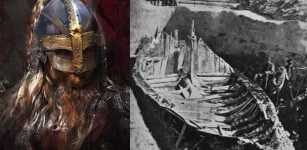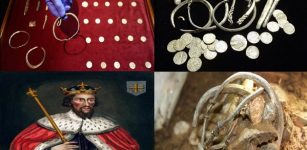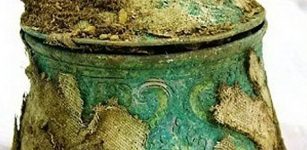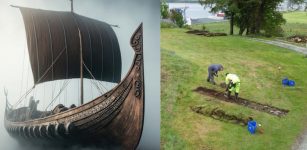Vikings Crossed The Seas To Find Women And Slaves
MessageToEagle.com – Each spring, Viking leaders and famous warriors gathered outside the Swedish city of Uppsala to plan raids on distant lands. The sudden and dramatic breakout by the Vikings has long puzzled scholars. Archaeologists and historians now think the first Viking raids were motivated by the need to find women and slaves.
On 8 June 793 C.E, foreign warriors, who later came to be known as Vikings attacked the Christian monastery of Lindisfarne on the English coast. They landed their longships on the shores of the Holy Island, stormed the church, killed the monks, and left with all treasures their ships could hold. The brutality displayed made them remembered and feared for many years.
This date marks the dramatic beginning of the history of the Viking empires and particularly their role in British history. It was the beginning of the Viking era.
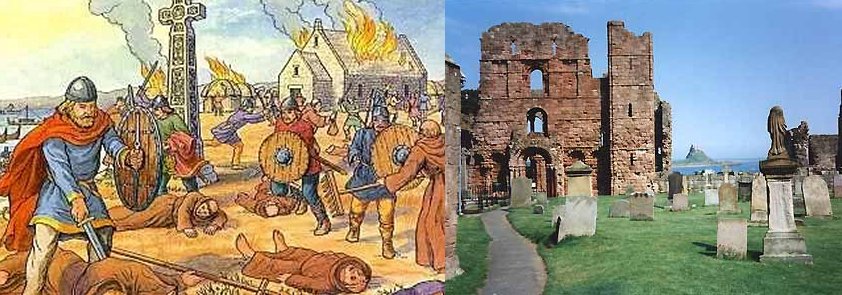
Lindisfarne was particularly wealthy. The monastery was so full of treasure that the initial raid, and even subsequent ones, still did not impoverish the monastery. But were Vikings only interested in acquiring wealth?
Archaeologist Neil Price of Sweden’s Uppsala University suspects that the roots of the Viking era go back long before this raid.
Price and his colleagues are studying to what extent a need for captive labor and overseas wives helped drive Viking expansion, transforming the provincial Scandinavian sailors and fur traders of the earlier Vendel period into international explorers and marauders. According to Price, the social processes are going on long before” the Lindisfarne raid.
The famous Lindisfarne raid inaugurated 3 centuries of expansion that eventually led to settlement of Iceland, Greenland, and, briefly, Newfoundland in Canada. To the east, Vikings dominated the rivers of today’s western Russia and Ukraine, sent diplomats to Constantinople, and traded as far a field as Baghdad and North Africa. The Vikings spread far and fast.
Price argues that although previous scholars identified the raids as the start of the Viking era, the life of the Vikings began long before the Lindisfarne raid. In the Vendel period from about 550 C.E. to 790 C.E., Scandinavians exported iron and furs and developed impressive seafaring skills. And between 2008 and 2012, researchers discovered two ship burials on the edge of the Baltic Sea in Estonia, 250 kilometers from the Swedish coast. The burials are “the most significant Viking discovery of the last hundred years,” Price says radiocarbon and artifact styles reveal they apparently predate the Lindisfarne raid by nearly a century.
See also:
Vikings Filed Their Teeth For Unknown Reasons
Mead: Secret Drink Of The Vikings And Gods – Was It An Ancient Antibiotic?
History Of Jarlshof – Thousands Of Years Of History With Traces Of Picts, Vikings And Scots
Historical records state clearly that the Vikings were taking, transporting, and selling slaves. It is suspected that slaves comprised as much as 25% of Scandinavia’s population. Norse sagas mention slave “thralls” in Old Norse.
On the island of Saaremaa in the town of Salme, archaeologists have discovered the two war boats that served as graves for 40 men. In one of the boats, 33 men were stacked atop one another and covered with wooden shields. Elite soldiers were buried with elaborately decorated double-edged swords, and a man who appeared to be the chieftain clasped a sword with a jeweled hilt and held a gaming piece made of walrus ivory in his mouth.
Scientists are now examining the vessels to learn as much as possible about this historical period. Price says there are also some spectacular ship burials at Valsgärde, just outside of Uppsala, dated from the sixth century to the 11th century. The area includes 60 tombs, including those of women, and hundreds of artifacts yet to be carefully analyzed.
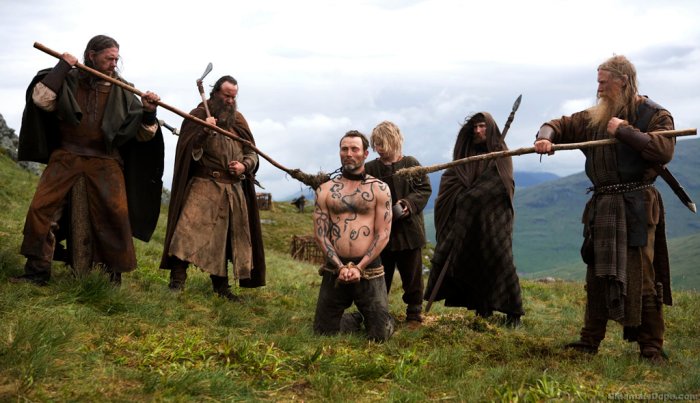
Price and his colleagues wonder whether the burials will yield evidence of slavery, which they increasingly see as a powerful factor driving the Viking expansion. The need for slaves may have begun during the Vendel era, when the fast-growing fleet of ships demanded an enormous number of massive woolen sails. This required transforming land into pasture for sheep, producing wool, and making sails—a labor-intensive craft.
A single 90-square-meter sail might take a single person up to 5 years to produce, said Ben Raffield, an archaeologist at Simon Fraser University in Burnaby, Canada, who is involved in the project. Price adds that “each ship needed two sails, and there were hundreds of ships,” raising the possibility that slave labor was needed to maintain the fleet.
There are also other intriguing archaeological finds that offer evidence Viking’s use of slaves. About one in 25 male Viking burials in Sweden and Norway includes teeth incised with deep grooves. The marks were long thought to indicate a warrior class, but at least some of these men were decapitated and placed in a burial with another man, said Anna Kjellström of Stockholm University, who is also part of the project. It is highly possible these were special slaves who were ritually killed.
The theory that Viking captured and brought home foreign women is not really new and there is a lot of evidence indicating it really happened.
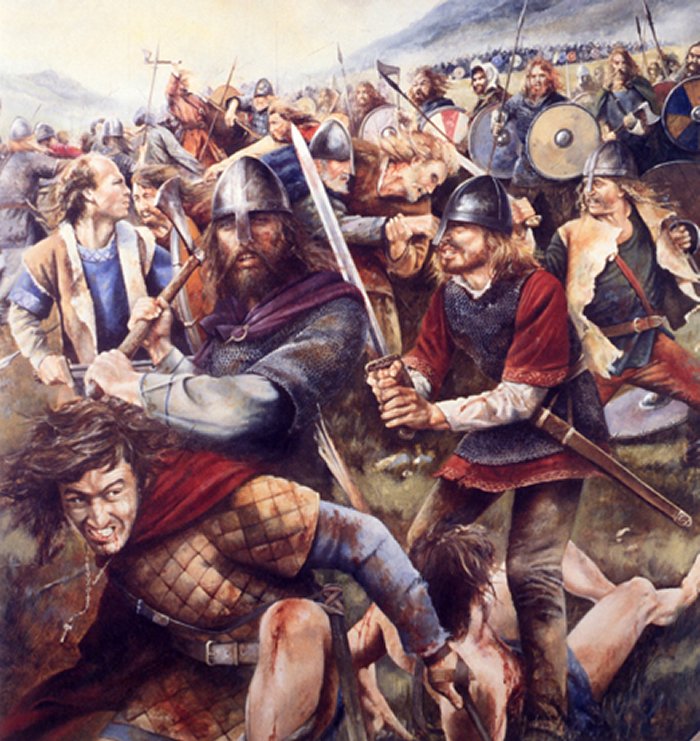
Price speculates, poorer men would have been eager to seek wives outside Scandinavia. Researchers hope to understand more by pulling together DNA and other data to determine relations and origins among Viking dead.
The argument that Vikings set out to capture women gets tantalizing support from recent genetic studies of living people in Iceland, which has not experienced a significant migration since the Vikings settled it more than a thousand years ago. About three-quarters of male Icelandic settlers hailed from what is today Norway, although well over half of the women were from the British Isles, according to genetic studies of today’s Icelanders. That suggests that Viking men partnered with British women on a massive scale.
Price and his colleagues have much material and the results of their study will undoubtedly cast more light on Vikings’ need for slaves and foreign women.
MessageToEagle.com
Expand for references



